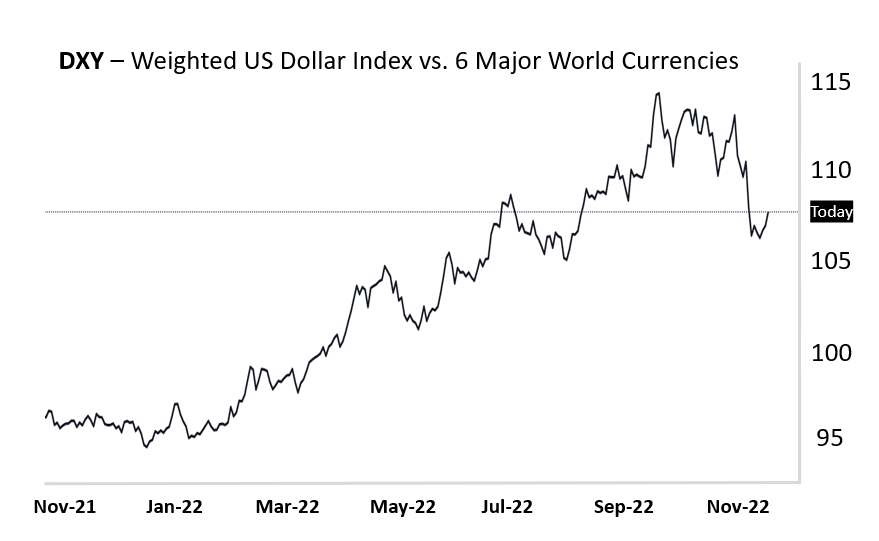For investors, there are two primary portfolio management strategies: active and passive. It’s important to understand the difference in approach, and the advantages and disadvantages of each.
Active investing has a goal of outperforming a market index, benchmark, or target return. An active approach depends on anticipating market trends and irregularities through in-depth research, forecasting, and general expertise. A successful active manager must buy and sell with confidence – and be more right than wrong.
Passive investing typically seeks to match the returns of a market index simply by replicating the holdings of the index. Passive investments tend to be broadly diversified and transparent as they track the returns of a market index closely through selecting the same stocks and securities.
Considering this, passive investments usually cover broad segments of the market and rely on upward movement from the overall stock market to generate returns. Reduced trading frequency reduces fees to the investor; the tradeoff is that passive investments are not expected to beat their benchmarks.
So, which approach is better? Fortunately there is a considerable amount of data on this topic. Numerous studies show only a small percentage of active investments outperform their passive counterparts. In addition, the more frequent trading behavior characteristic of an active strategy results in far more transactions, and inevitably far more fees and reduced tax efficiency.
The main upside, of course, is that with the right moves, an active strategy may net larger gains. The key word there is “may”.
Passive investing is increasingly popular among investors, and Alesco Advisors prefers to utilize passive investment vehicles for the majority of asset classes it includes in its client portfolios. Based on our ongoing analysis, empirical data, and academic research, we find that an index-centric methodology usually provides the best chance to achieve clients’ investment objectives.
Alesco Advisors selects best-in-class funds for each asset class, and, simply put, the best selection in most cases is a passively managed index fund. While there’s a place for active investing and portfolios can certainly succeed using this methodology, it’s hard to ignore the fact that the vast majority of active investment funds underperform their benchmark over 5, 10, and 15 year periods.
We believe Investors are better off avoiding attempts to select active managers that may overcome long odds, and should instead focus on selecting passive investments that can replicate the risk/return aspects of the market at a low cost. As a portfolio manager, Alesco adds value by combining the appropriate asset classes together in the proper weightings to produce attractive risk-adjusted, after-tax returns at the portfolio level.
Learn more about our investment approach, or contact us now.
Comparing active and passive investment management

Similar Blogs

